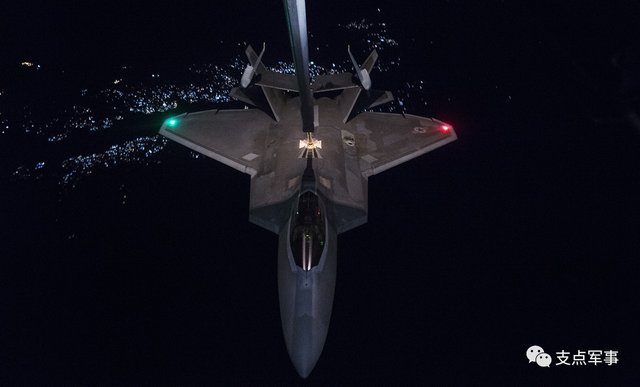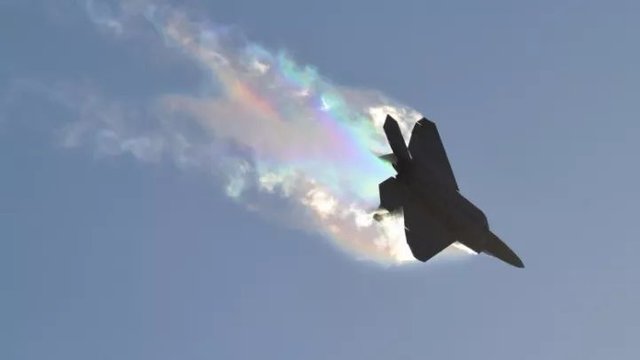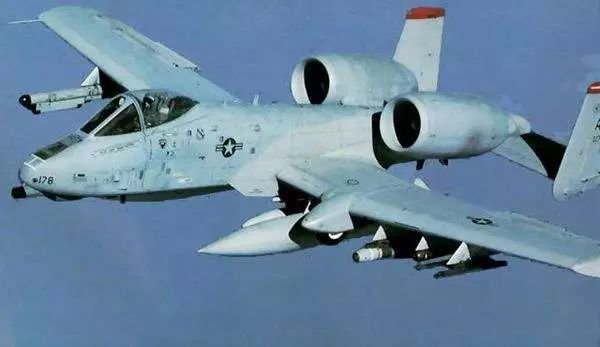According to NATO on 20 November, the U.S. and Afghan forces raided seven drug laboratories in Afghanistan and one command and control station in Northern Herdman province in the past 24 hours. The air support involved in this series of assaults is B -52H bomber, the MQ-9 Reaper and the first F-22A Raptor to perform combat missions over Afghanistan.
F-22 Long-range raid Taliban drug factory firing ammunition accurately hit the target video
In operation, the first generation of small diameter bombs (SDB-I) were used by the B-52H bomber and the F-22A, while the MQ-9 was fired by hellfire missiles. The combat weapons used by these three aircraft, Have a high degree of accuracy, of which SDB-I rely on the GPS guidance, gliding 110km, the circumferential error rate of 5 ~ 8m, and only carry 93kg of high-explosive warheads, indirect injuries caused by minimal.
As the first F-22A to carry out combat missions in Afghanistan, this operation was not the first to throw SDB-I in actual combat, but it also verified the highly-deployable nature of the F-22A. SDB-I is the F-22A to combat the main ground, as the future will serve as the main force of the Five-generation machine F-35, will be updated to the Block 3F software to operate the SDB-I, and Block 4 in the operating accuracy Higher and longer range SDB-II.
At the same time, an unnamed senior think-tank pointed out that the seemingly insignificant F-22 air-to-air manufacturing factory is an important signal in fact that the U.S. Air Force is no longer rigidly committed to "killing chickens with chicken knives and slaughtering cattle with choppers." Fixed thinking is no longer stubborn in the "must use cheap weapons against cheap targets", but gradually transformed into "the existing weapons in their hands to combat the current discovery of the target." In other words, the U.S. Air Force hopes every "knife" in the hand is useful, useful, effective and easy to use. In this way, it is not necessary to "wait for the weapon of its worth matching to reach the battlefield after the target has been found", to avoid its escape from combat or to cause immeasurable serious consequences.
However, the U.S. Air Force "can not long-term use of over-powerful platforms to combat over-low-end targets." The F-22 is a "no-go" for land attack. The F-35 provides near-air support (CAS) ". In the eyes of some defense industry figures, the F-22's air raids are more like a self-proclaimed "bitterness plan," and the U.S. Air Force hopes to exert pressure on the National Assembly to push its plan for the next generation of attack aircraft to be formal R & D and acquisition projects. Affected by the plan, the decommissioning of the A-10 attack aircraft has been postponed until now, between the fiscal year 2018 and the fiscal year 2022, resulting in additional charges of $ 3.4 billion. Air Force executives even said they will consider studying the tactics involved in carrying out CAS missions using the F-15s and F-16s in response to the "difficult situation that followed no one's after the A-10s were decommissioned."

)

